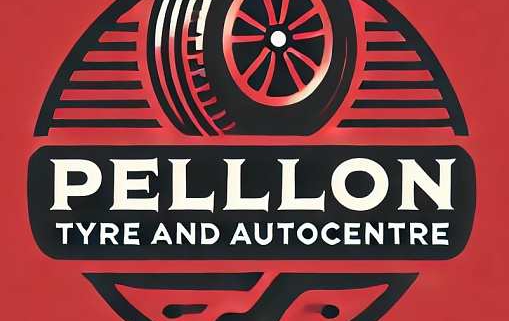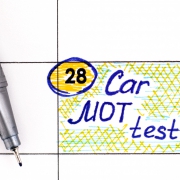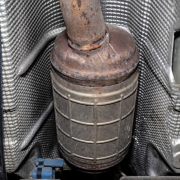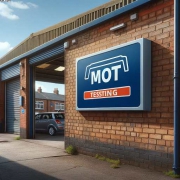MOT Test Tyre Failures
Table of Contents
MOT Test Tyre Failures
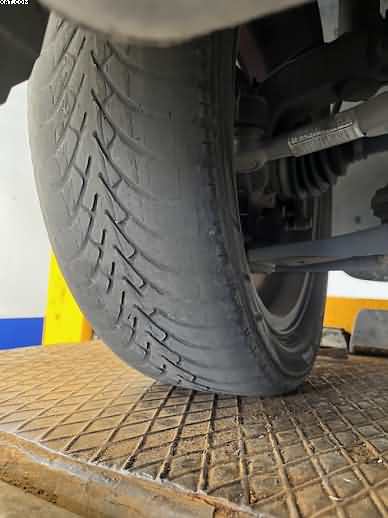
MOT Test Tyre Failures
The MOT test is a reliable indicator of whether your car has been operating normally or is actually a big problem under the surface. The tyres are one of the key culprits that can cause your trusty vehicle to fail its MOT. So let’s study some frequent tyre failures, go into the world of tyres, and along the way, add a little local flavour from our Halifax streets.
1. Bald tyre treads
You’re going to fail, to start with, if your tyres are as bald as a coot. In the United Kingdom, 1.6 millimetres is the minimum permissible tread depth required throughout the middle three-quarters of the tyre. This is not just a fussy regulation; it is essential to driving safely, particularly in the frequently rainy and erratic British weather. Insufficient tread may cause your car to handle like it’s on an ice rink, which could be entertaining in a controlled environment but not when driving in rush hour on the M62!
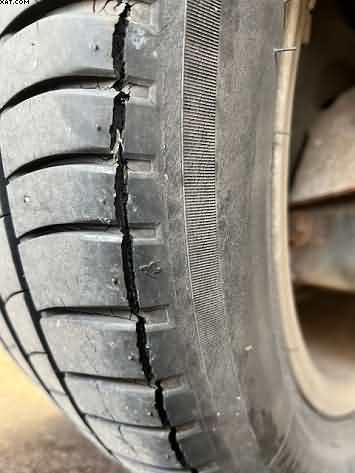
2. Mechanical damage- MOT Test Tyre Failures
Next are any cuts, bulges, or other potential drama that your tyres may be concealing. A cursory glance could reveal a bulge from a pothole encounter on one of Halifax’s old cobblestone lanes or a gash from an incorrectly placed kerb at Sowerby Bridge. Such damage may cause your tyre to degrade and blow out. Recall that maintaining order and safety in the Calderdale Royal Hospital parking lot is more important than simply looking attractive. So check for any damage!
3. Issues with Pressure
An MOT failure might also result from improper tyre pressure. If your tyres are too low, they may heat up and wear out more quickly; if they are too high, they may provide less grip or break more quickly. Halifax’s hills and valleys give your automobile excellent exercise, but they also require properly inflated tyres to manage the city’s inclines and descents.
In spite of the fact that the tyre pressure itself is not examined during a MOT, legislation that was passed in 2015 stipulates that any vehicle that has a tyre pressure monitoring system (TPMS) that is either malfunctioning or non-functional will fail its MOT.
4. Damage due to ageing: MOT Test Tyre Failures
Tyres can age gracefully, much like a good wine or a vintage store in the Piece Hall. However, just like an ageing actor, they may eventually lose their energy for the role. Rubber cracks and other ageing indicators may be dangerous. It’s a good idea to check the date code that the manufacturer has imprinted on the sidewall of your tyres. If it’s been longer than the Halifax Gibbet (well, not really, but you get the idea), it may be time for a replacement.
5. Incorrect size, etc. MOT Test Tyre Failures
When a tyre is noticeably different from the rest, a MOT may reveal problems. Variations in tread patterns, sizes, or types pose a threat to both safety and the success of MOT exams. It’s not exactly the kind of team spirit you need for the game, like fielding a rugby team with one player dressed for cricket.
On the test you can have two different size tyres as long as they are on the same axle. Different sizes on the same axle will be a test failure.
Here is a brief overview of the tyre issues that could ruin your car’s chances of passing the MOT. If you keep an eye on these problems, you’ll not only probably pass your next MOT with ease but also make sure that your trips across our beautiful Halifax (or beyond) are secure and safe.
Make sure your tyres are prepared for the trip, whether it’s a quick trip to the grocery store or a leisurely drive through the picturesque Calder Valley. If you’re ever unsure, stop by Pellon Autocentre garage; we’re always happy to chat and offer assistance with any concerns you may have regarding your vehicle!
